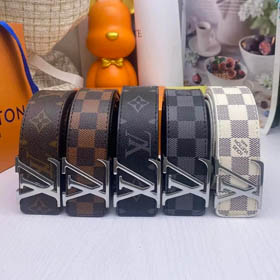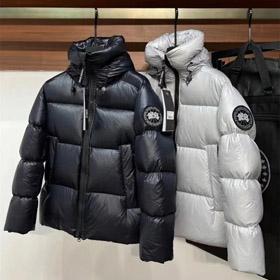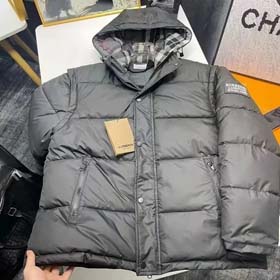The Story of Supreme: A Cult Brand
Supreme is synonymous with streetwear culture, and its iconic red box logo is instantly recognizable worldwide. Founded in 1994 by James Jebbia in downtown Manhattan, Supreme started as a small skateboarding shop that catered to the local skateboarding community. The brand quickly gained traction, not just for its high-quality skateboards and apparel, but for its unique approach to branding and community building.
From its inception, Supreme was more than just a clothing brand—it was a movement. The store became a hub for skaters, artists, and creatives, fostering a community of like-minded individuals. The brand's limited-edition drops, cultural collaborations, and bold designs cemented its reputation as a leader in streetwear.
A Unique Business Model
One of Supreme's most distinguishing features is its scarcity-driven business model. The brand intentionally produces limited quantities of its products, making each drop highly anticipated. This strategy has created a sense of exclusivity and urgency among fans, leading to lines stretching blocks and sell-outs within minutes both in-store and online.
Beyond its apparel, Supreme has collaborated with some of the biggest names in fashion, art, and pop culture. Iconic partnerships with brands like Nike, Louis Vuitton, and The North Face have elevated Supreme to a global phenomenon.
Cultural Impact
Supreme's influence isn't limited to fashion; it's deeply embedded in music, art, and urban culture. Celebrities, musicians, and athletes often don the brand's pieces, further amplifying its status as a cultural icon. The brand has also been involved in various artistic projects, working with renowned artists like KAWS and Jeff Koons.
For those looking to explore Supreme's latest releases or price trends, you can check out this comprehensive product spreadsheet, which provides detailed information on available items and pricing.
Why Supreme Matters
Supreme's success lies in its ability to evolve while staying true to its roots. Even as it has expanded globally, opening stores in cities like Tokyo, Paris, and London, Supreme remains connected to its skateboarding origins and underground ethos. The brand's consistent emphasis on creativity, authenticity, and community has allowed it to maintain its cult following for nearly three decades.
In an era where trends come and go, Supreme has stood the test of time, proving that a brand built on passion and purpose can achieve enduring success. Whether you're a longtime fan or a newcomer, exploring Supreme's story offers a fascinating glimpse into the intersection of fashion, culture, and art.
For more insights into Supreme's product offerings and pricing, visit this detailed resource



















